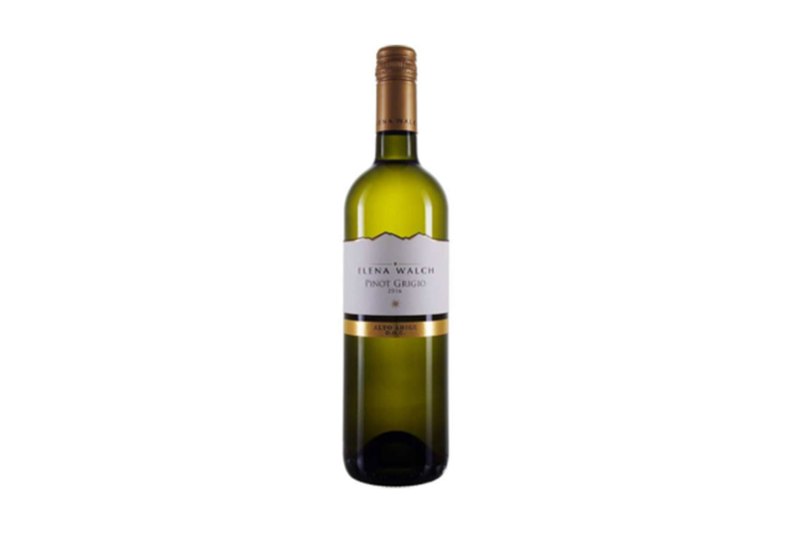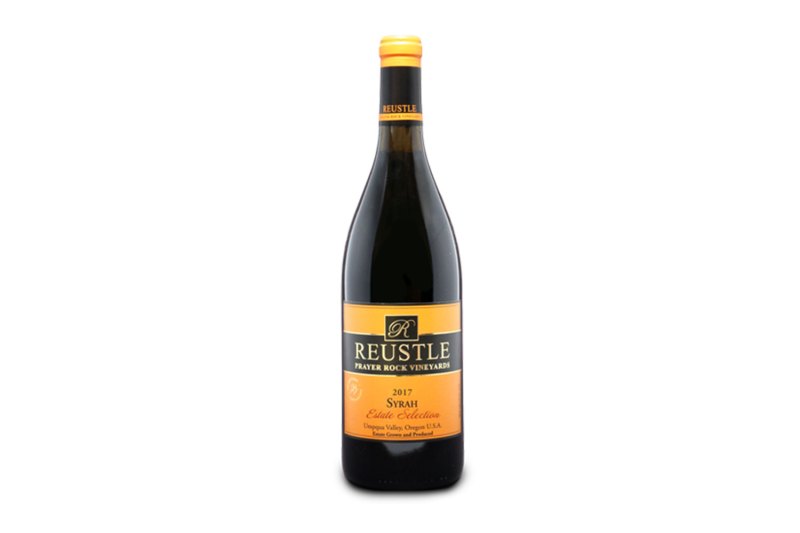Some of the most popular wine grapes in the world are also among the most misunderstood. The way they attract confusion is similar, so, with glass in each hand, we’ll tackle them all.
Pinot Gris and Pinot Grigio
Let’s begin with Pinot Gris. The white variety hails from the Alsace region but is planted all over the planet. Technically, it’s a dark-skinned grape, showing a pretty, dusty purple hue when ripe on the vine (which makes sense, given that “gris” means grey). But because it’s most often pressed right away, the resulting wine, made from the near-colorless juice, is white.
Pinot Grigio, perhaps even more popular worldwide because of inexpensive Italian options (along with some clever New World marketing), is made from the same grape. It’s simply the Italian version of Pinot Gris. As such, it tends to take on a different style and in that main way, the two wines differ.
Pinot Gris tends to be less bright, with at least a touch of residual sugar. It’s sweeter and the fruit flavors are generally riper — think poached pear, baked apple, or squishy kiwi. Grigio, on the other hand, tends to be bone dry, with a zippy acidity and a really light, barely straw hue. Its tasting notes tend to incorporate things like citrus zest and Granny Smith apple, with a really clean and refreshing build.

There are great options for Pinot Gris all over the planet. But it’s especially good in cooler areas like Oregon, British Columbia, Argentina, and its native Alsace. Grigio, of course, should be from Italy and tends to come from Lombardy. But there are some fantastic versions from Alto Adige, too, along with Friuli-Venezia in the far north.
Some of the larger producers in the states make something called a Pinot Grigio, but they’re likely just capitalizing off of the marketability of a few extra syllables or the fact that, for whatever reason, people seem more comfortable ordering Grigio than Gris. The cheapest incarnations of the grape tend to wear the Grigio name, which is probably why more consumers seem to be familiar with it. But as a fair warning, if you see Grigio in the name of an American wine, it’s probably a box product made in the most economical way possible, stylistic differences be damned.
That said, look out for quality Pinot Gris by smaller American producers from the Willamette Valley to Long Island, New York. We’ve mostly adopted the French name for the variety and there are some amazing options. Eyrie Vineyards started the New World trend with America’s first planting of the grape back in 1965. Since then, label has become the undisputed king of the domestic gris scene. But there are other takes on the grapes worth looking into, including orange-style wines made from the grape.
Here are a few to try:
Eyrie Vineyards Pinot Gris

Always fresh, always balanced, the Eyrie Pinot Gris is a model citizen and fantastic with a plate of oysters.
Elena Walch Pinot Grigio

This Alto Adige producer makes a vibrant Grigio, with an enticing mix of minerality, pear flavors, and a touch of brininess.
Cameron Ramato

A tasty number mimicking the Italian ramato, or orange-wine style from Oregon’s Cameron Winery. Peachy, lemony, and full of structure.
Syrah and Shiraz
Syrah and Shiraz differ in much the same way. The red grape is the same, but where and how the wine is made makes up the variation.
Generally, Syrah is from Europe and Shiraz is from Australia. American producers have again adopted the French name, much like Gris. The Shiraz name is an interesting one, a reference to the ancient Persian city of the same name, where some of the first winemaking endeavors on the planet took place.

Stylistically, a lot of the difference comes from climate. Shiraz hails from warmer climes like Australia and South Africa, while Syrah is grown in cooler parts of the U.S., Europe, Canada, and more. Syrah, then, tends to be a bit brighter and fruitier, with some earth and less alcohol. Shiraz is generally fuller-bodied, with more alcohol and opulent fruit flavors, almost like a Zinfandel. Yellowtail helped popularize the variety, but there are some nice and nuanced versions, even in the warmer zones.
French tradition prescribes a hit of Viognier with Syrah. It’s added to heighten aromatics and slightly alter the color of the wine, and also impart some overall roundness. The two often share the same vineyard site in the Rhone and even ferment together.
Here are a few to try:
Delmas Syrah

Some of the best American Syrah I have tasted, Delmas’ take has exotic flavors and incredible mouthfeel. It’s a declaration of what Walla Walla can do with classic Rhone varieties.
Maison Les Alexandrins Syrah

A great bargain Rhone from Syrah’s European homeland, this wine is peppery and fruity, with a bit of leather and nice acid. It even has a pinch of umami, not uncommon for Syrah.
Ruestle-Prayer Rock Vineyards Syrah

With dark fruit, a waft of smoke, and a smooth, slightly spicy note, this fantastic southern Oregon wine is made for grilled meats.


